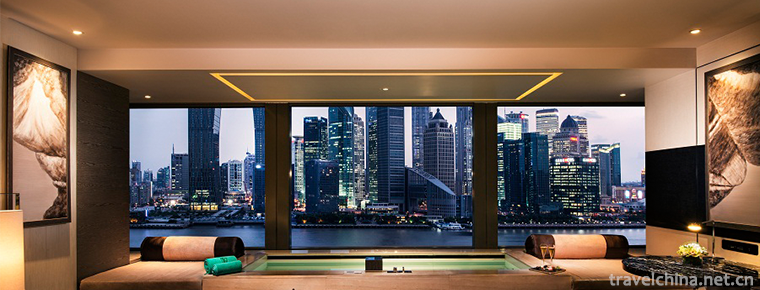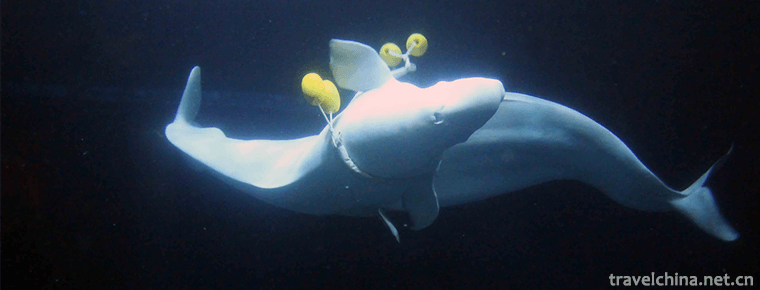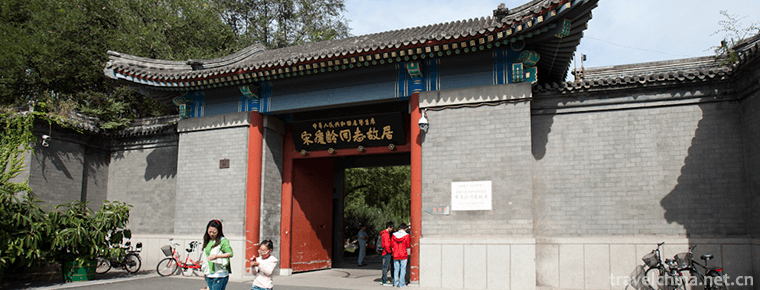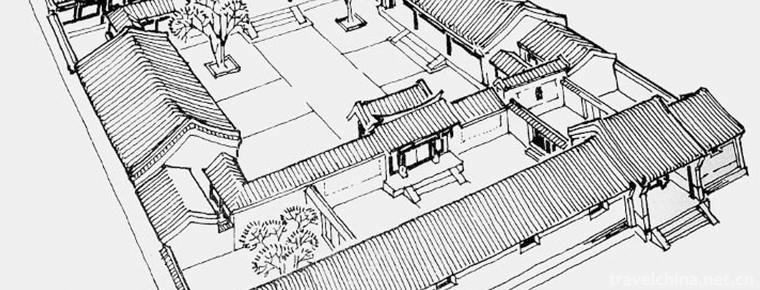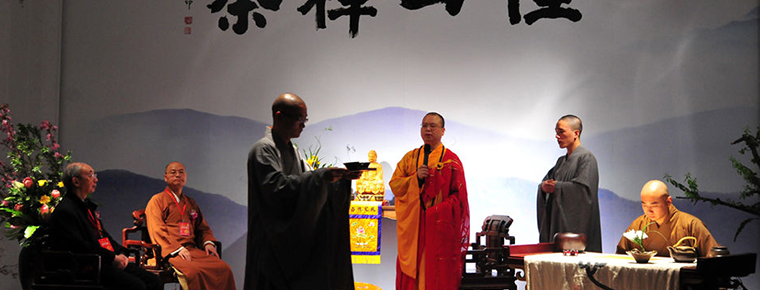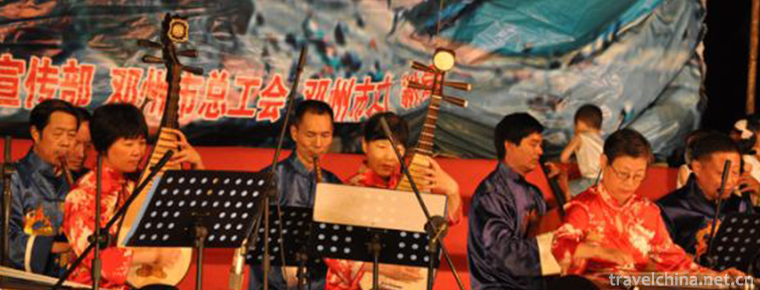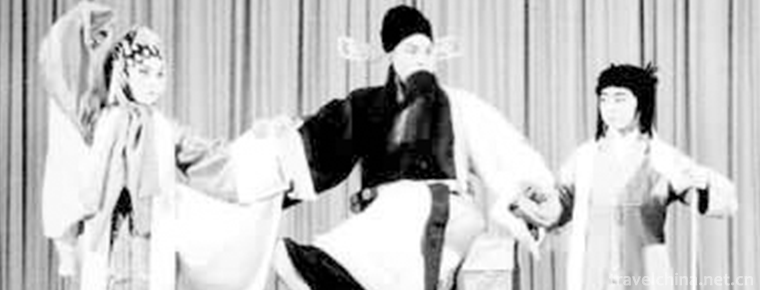Tengtou Ecological Tourism Area
Tengtou Ecological Tourism Area
Embedded between Fenghua and Xikou, Tengtou Eco-tourism Area is located in Xiaojiang Plain, close to Jiangba and Yongxi Highway. Located 6 kilometers north of Fenghua City, 27 kilometers away from Ningbo and 15 kilometers to the airport. It's 12 kilometers from the mouth of the stream. It is well-known at home and abroad for its unique eco-tourism area with "ecological agriculture", "three-dimensional agriculture", "green water, blue sky" greening project. Since winning the "Global Ecology 500" award of the United Nations in 1993, the first batch of national civilized villages, national environmental education bases, national ecological demonstration areas and the first batch of four A-level tourist attractions have won more than 40 national honors.
Development history
Tengtou, 296 households, 787 people; 6500 immigrants; 800 mu of arable land, 1.2 square kilometers. In the past, this place was famous for its poverty. "You can't marry Tengtou Village, but young offspring play bachelor". But Tengtou people rely on intelligence and hard work. With the spirit of "arduous entrepreneurship, never satisfied, hard-handed, ploughing till the end", we have propped up our own day and become a well-off model village of "one year, one year after another, one year after another, one year after another, the more and more decent, and the whole country as an example". Last year, the per capita income reached 13095 yuan. The village has become the first national "4A" eco-tourism area, and has been awarded "Global Eco-500 Best" by the United Nations. Party and state leaders, well-known personages at home and abroad and tourists came one after another. General Secretary Jiang Zemin spoke highly of "great villages" during his inspection. A poet wrote the poem "Green hills and clear waters are better than Taoyuan, Rili flowers are fragrant all the year round, where to find the fairy scenery on earth, and see Tengtou Village in Fenghua".
Main attractions
Tengtou scenic spot highlights the interactive experience of human and nature, human and culture, and creates a new tourism model for the future with a brand new concept of landscape construction. The ingenious village planning and garden construction, the ingenious combination of nature and human beings, deduced into a pastoral song of modern cities.
The scenic area is divided into East and west districts and students'social practice bases.
The eastern area is the old district. The main attractions are: pigeon square, fountain plaza, farmhouse music, pear blossom lake, bonsai garden, and thousand fish park. The entertainment items include: piggy running, big pig running, pigeons greeting, squirrels visiting new year, bullfighting half sheep, water tram, feeding red fish, wild duck flying, pear Lake rowing, duck robbing, male and female string imitation show, peasant girl recruitment, sawing timber and so on.
The western district is a new district, including rose picking area, exotic flower fruit shed, strawberry picking area, wedding garden, Sun Valley square, stone window hall, pastoral barbecue area, ploughing activity area; recreational projects include: *wheelbarrow battle, big rolling vat, weighing, rolling, grinding, soybean milk, straw shoes, making pig head rice cake, ploughing battle, loach catching, snail clam, photo yellow eel, fork fish, stone window curl Garden (Beijing Opera, Yueju Theatre Scenery), Ring of Running Iron, Gyroscope, Pastoral Barbecue, etc.
Students'social practice base is the national popular science education base for teenagers, and the national "I can do" experience base is the national "I can do" experience base. It focuses on cultivating students' innovative spirit and practical ability. Six major education programs are offered, including "patriotism, ecological environment protection, scientific popularization, military defense, labor skills, hardship development". It combines more than 100 activities of teaching and experiencing with agricultural customs and customs, so as to enable students to practice. Experience life, success and happiness in operation.
Tourism information
The tourist area has complete supporting facilities, which can accommodate more than 500 people for accommodation, more than 1000 people for meals, and has large and small meeting rooms.




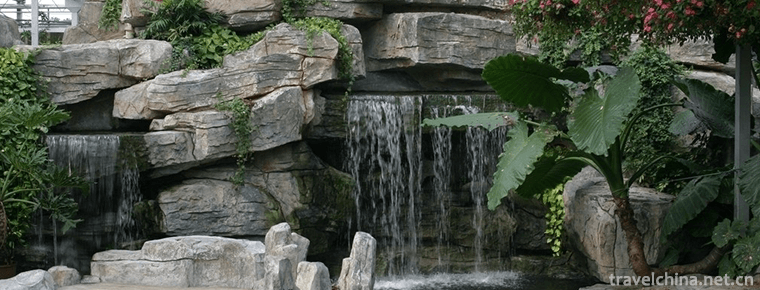
-
Guangfu Ancient City Scenic AreaHandan City Hebei Province
Yongnian Guangfu City, also known as Yongnian City , Guangfu Ancient City , Ancient City , Guangfu City , Shuicheng , Taiji City , Shuicheng , is located in the southeast of Hebei Province.
Views: 176 Time 2018-11-24 -
Banyan Tree Shanghai On The Bund
Shanghai, one of the largest cities in the world, has a vibrant urban atmosphere, impressive urban skyline and rich and colorful culture. Located in the center of the city and resting on the Bank of H.
Views: 485 Time 2018-12-16 -
Beijing Ocean Hall
Beijing Ocean Hall, located on the North Bank of Changhe River in Beijing Zoo, is adjacent to Beijing Exhibition Hall, Astronomical Museum and Capital Stadium in the south. It covers an area of 120,00.
Views: 113 Time 2018-12-26 -
Memorial of Song Qinglings Former Residence in Shanghai
Song Qingling's former residence in Shanghai is the place where Song Qingling lived and lived for a long time. Qingling came to live here in the spring of 1949 and ushered in the liberation of Shangha.
Views: 154 Time 2019-02-13 -
Swan Lake National Urban Wetland Park
Swan Lake National Urban Wetland Park, located in the ecological zone between the East and West urban areas of Sanmenxia City, covers an area of 8 850 mu, including 6 150 mu of land.
Views: 180 Time 2019-02-21 -
Traditional Building Techniques of Beijing Siheyuan
Beijing quadrangle traditional craftsmanship, Beijing local traditional handicraft, one of the national intangible cultural heritage..
Views: 662 Time 2019-04-04 -
Jingshan tea banquet
Jingshan Tea Banquet, born in the Longevity Chan Temple of Jingshan, Jingshan Town, Yuhang District, began in Tang Dynasty and flourished in Song Dynasty. It has a history of more than 1200 years.
Views: 99 Time 2019-05-08 -
Silk Strings of Laohekou
Laohekou Silk String is a traditional folk music in Xiangyang City, Hubei Province. Laohekou Silk String is different from other forms of folk literature and art. It is a music that combines folk arti.
Views: 289 Time 2019-05-11 -
Old soup essence formula
The formulation of Royal Food Old Tangjing includes the formulation and production technology of Old Tangjing, which is a valuable cultural treasure in the history of condiment development in China. T.
Views: 127 Time 2019-05-11 -
Liu Zi Opera
Liuzi Opera, a local traditional drama popular in Shandong, Henan, Hebei, Jiangsu and Anhui, is one of the national intangible cultural heritage..
Views: 151 Time 2019-05-14 -
Chengdu Jinsha Site Museum
Chengdu Jinsha Site Museum, a national AAAA tourist attraction, is located at No.2 Jinsha Ruins Road, Qingyang District, Chengdu City, Sichuan Province. It covers an area of 456 Mu and a building area of 38000 square meters..
Views: 211 Time 2020-11-06 -
Historical evolution of Neijiang
Xia and Shang were Liangzhou, Zhou was Yongzhou, spring and autumn and Warring States were ba Jun and Shu Jun; Western Han Dynasty was Zizhou; Eastern Han Dynasty was Han'an county..
Views: 323 Time 2020-12-16

